Rigging Safety Training – [Complete Video Package]
$239

Do your employees often rig or move loads with slings, hoists, chains, cranes, or other equipment to help them do their jobs? If so, you need this rigging safety training course to teach them how to rig their loads while reducing the potential of accidents and injuries.
Rigging a load improperly can damage the load and other property and injure employees. Rigging safety is a big part of crane safety training, and this course aims to focus on proper rigging techniques to keep you, your products, and, most importantly, your employees safe on the job.
This Rigging Safety Training teaches several important concepts:
- What are the best practices for lifting, moving, and lowering loads?
- What best rigging practices can your employees use to rig loads safely?
- How to design, construct, and safely use rigging equipment
- What are the dangers of improperly rigged items, and how can they be hazardous on the job site?
- What are the standard hand signals that should be used in crane operations?
- What key concepts must a rigger understand when rigging a load? (verify load weight, choose and attach the appropriate slings, how to select a hitch that will best balance the load and hold it securely, etc.)
Rigging Safety Course Additional Topics Taught:
- What Personal Protective Equipment (PPE) is necessary for a rigger? (Safety shoes, hard hats, glasses, leather gloves, etc.)
- What are the different types of slings, and how are they used to lift and carry loads of various shapes, sizes, and weights? (Examples include wire rope slings, synthetic slings, metal mesh slings, chain slings, etc.)
- Why is fall protection an important concept for any construction worker to know?
- How to inspect a sling before its use
- How to properly care for and not damage a sling that you are using
- What are the dangers associated with overloading a sling?
Rigging Training Additional Topics Discussed:
- What is the “Sling angle,” and how does it affect the weight of the load you are moving?
- What are the different types of hitches, and how are they used? (For example, Vertical hitches, choker hitches, basket hitches, etc.)
- What are taglines, and how are they used to move loads?
- What are the best practices for using hand signals around cranes, slings, and hoists?
- What are the best practices to keep in mind when it’s time to make a lift?
- What is a “trial lift,” and when should you use it?
- How to properly un-rig your load when it reaches its destination
- And much more….
If your employees use cranes or hoists as part of their job duties, then this Rigging Safety Course should be an important piece of any standard safety training. Whether you are a crane operator or a ground employee, the successful completion of this course will teach you the safe practices necessary to use when using rigging equipment.
Rigging Training Course Delivery Options:
The training video is just over 16 minutes in length and is available on an English or Spanish-speaking DVD or USB Stick. We also offer an online rigging safety course which can either be a standalone or as part of our larger online safety training library.
This training teaches the concepts found in OSHA Rigging Standard 1926.251
This Complete Rigging Training Program Includes These Items:
- Full-length Rigging Safety Training Video
- Employee quiz and answer sheet
- A “Presenter’s Guide” if you are going to do this training in person
- A printable training sign-in sheet to keep track of your training program
- A printable Certificate of Completion. You can print as many copies of the Certificate as you need
Rigging Safety Training Video – Full Length Preview:
11 reviews for Rigging Safety Training – [Complete Video Package]
| 5 star | 54% | |
| 4 star | 45% | |
| 3 star | 0% | |
| 2 star | 0% | |
| 1 star | 0% |
![Rigging Safety Training - [Complete Video Package]](https://www.safetyvideos.com/wp-content/uploads/2022/02/products-ZZ1-2-150x150.png)
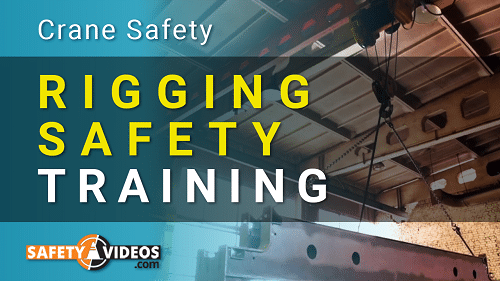
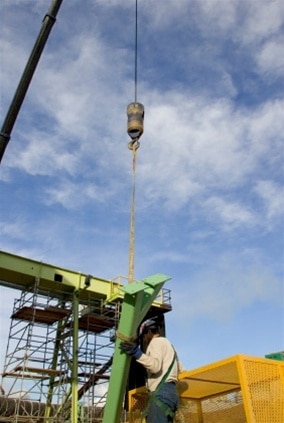
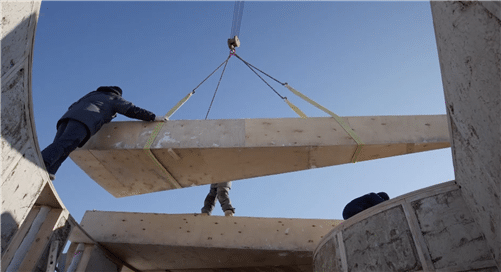
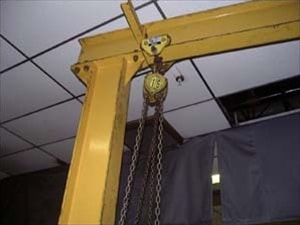
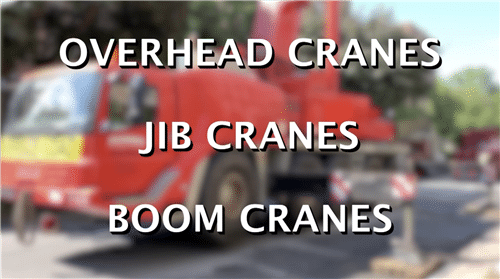
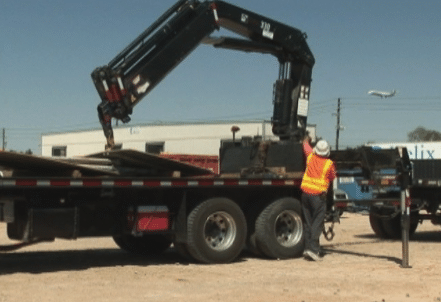
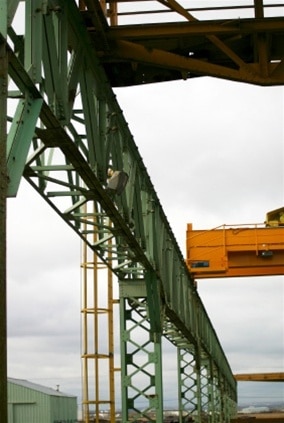
Initial video received was corrupted, but they were quick to fix the issue! Video is informative and contained the appropriate information.
Our team liked it
Good rigging safety protocols for our employees.
This training is good for anyone involved in rigging.